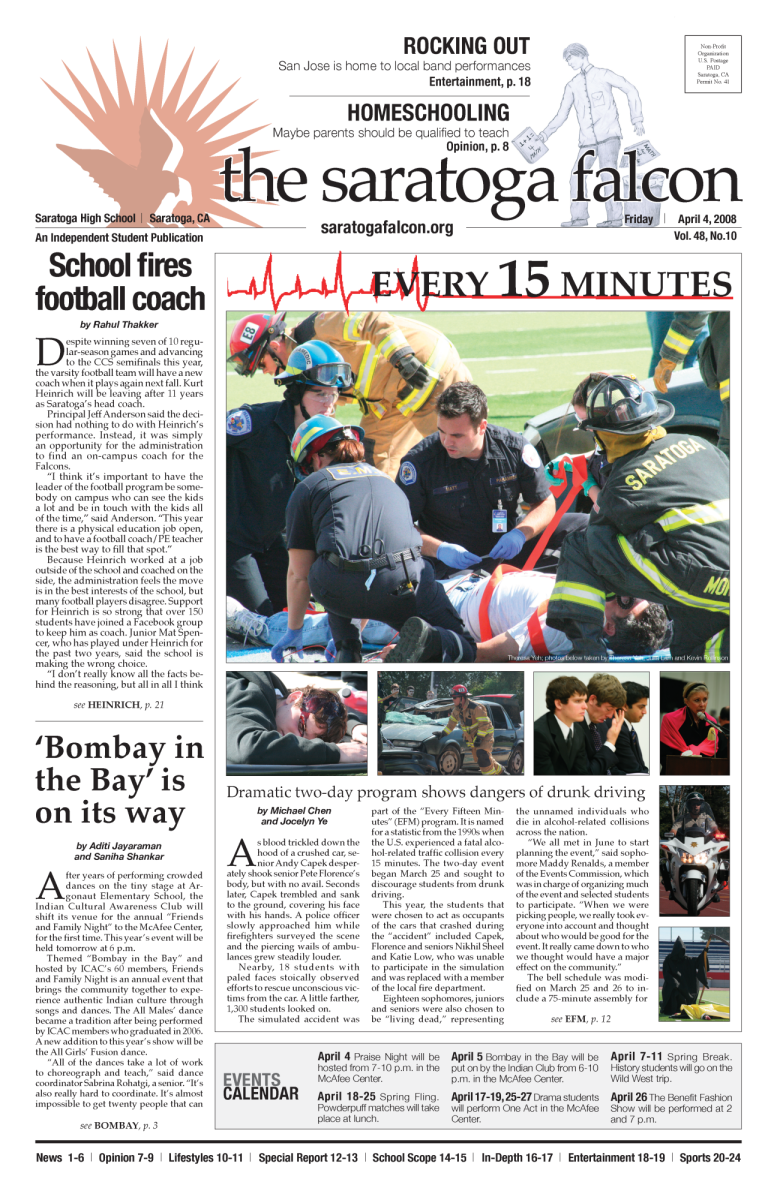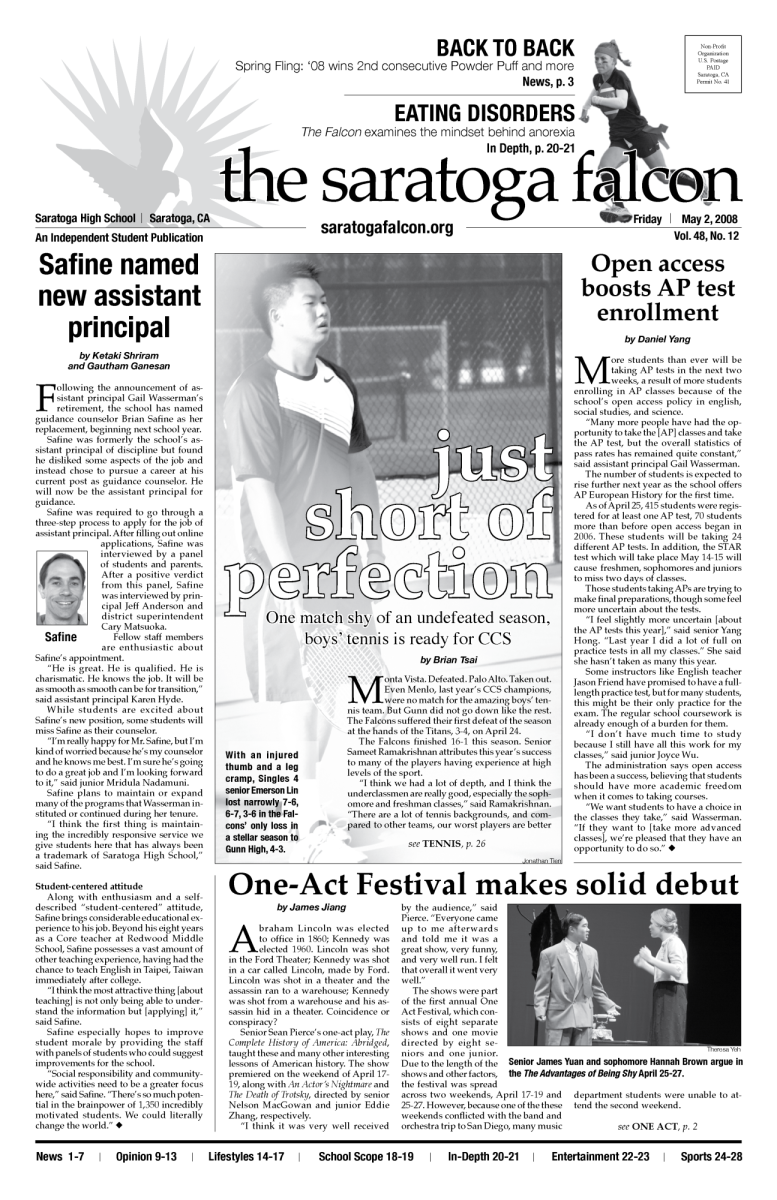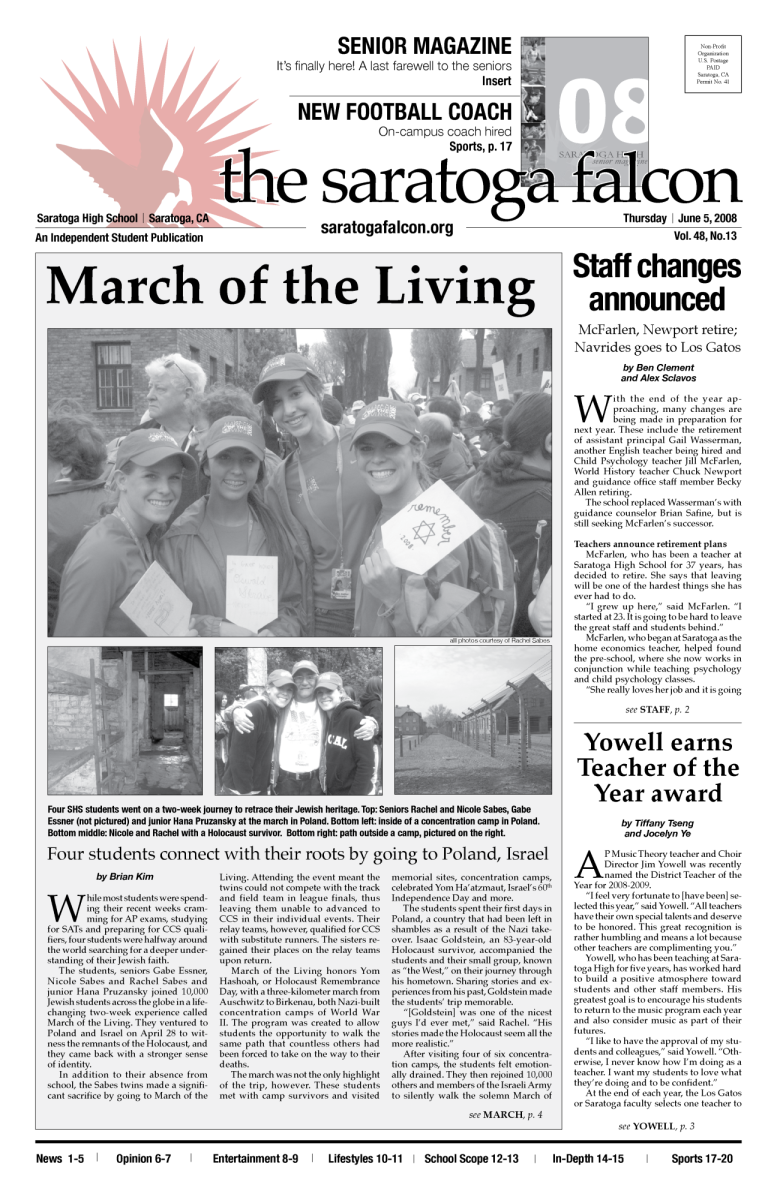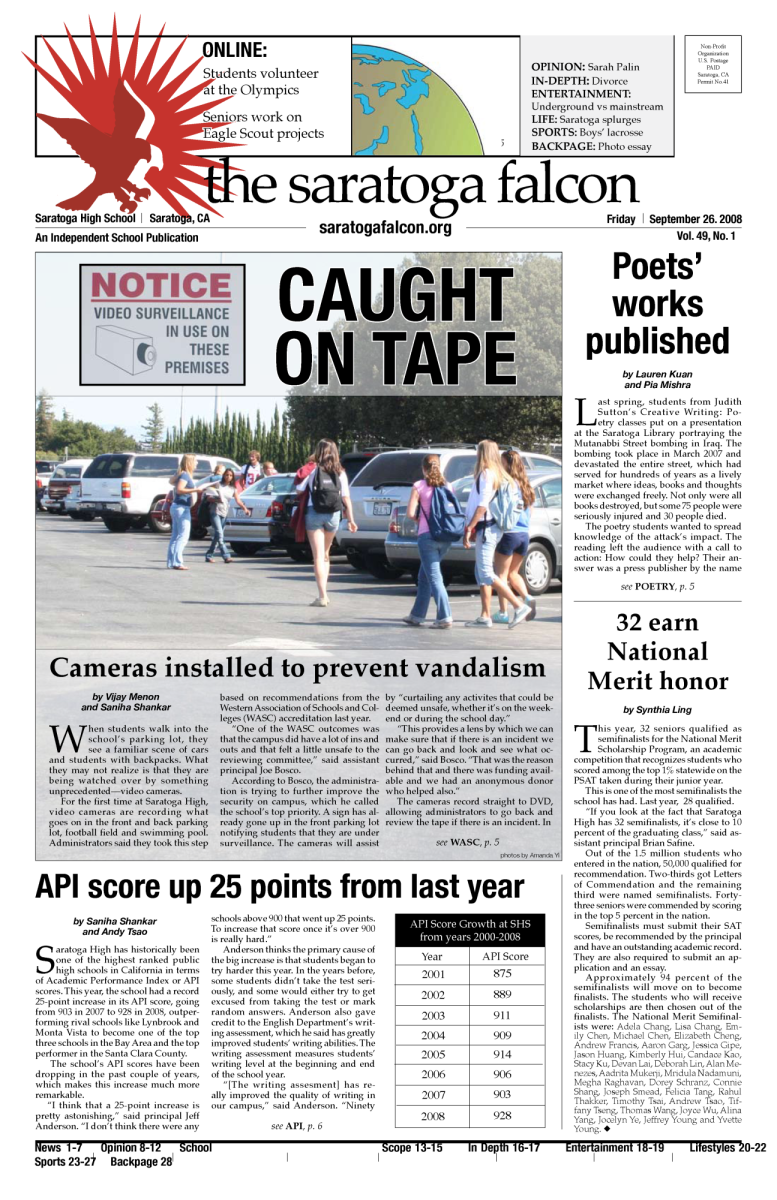Measure E, a bond measure that will provide the school district with $99 million to re-modernize classrooms as well as upgrade the school’s plumbing, electrical, sewer, heating and air conditioning, was passed on June 3. Renovations began this summer and are expected to take five years.
Taxpayers will pay $18 per $100,000 of assessed property value annually for around 20 years to fund the bond, which allots $44 million to Saratoga High School and $55 million to Los Gatos High School.
The last district bond, Measure B (1998), enabled seismic upgrades to the school in addition to the “basic repairs” for classrooms. However, many upgrades were not possible in the 1990s because of comparatively low funds amounting to $79 million. With the more costly $99 million Measure E Bond, the school hopes to fix problems they could not address before, such as classrooms that have not upgraded since 1959.
“[In 1998], they did everything that they could possibly do,” said principal Paul Robinson. “Now, almost 20 years later, there are some things that we want to do over again to make sure that they are done really well, up to standards today.”
The administration is now looking to improve some of those same classrooms and accommodate many of the growing programs on campus, including the MAP, music and engineering programs. One of the larger projects will be the creation of a new music facility, which is expected to cost $10 to $12 million.
“It is going to take time to get that started, and then it will take probably another two years to build that building,” Robinson said. “We don’t just want to throw a whole bunch of stuff together and hope it stands up.”
Robinson hopes the upgrades will relieve a heavy burden that currently rests on the shoulders of the school’s maintenance crew.
“[They] keep this 1959 Chevy running as best as it can,” Robinson said. “[They do] some really incredible things.”
Upgrades to the school’s infrastructure have already begun, although Robinson notes that these upgrades have most likely escaped most students’ notice. The school has improved its heating and air conditioning systems, as well as its sewer system.
“[The latter is] not necessarily one of those really sexy items that sells out there,” Robinson said, “but it’s one of those things that, in the bond measure, we knew we would have to do.”
These upgrades cost less than anticipated.
“[Now], we will have even more money going into some other programs where we can say, ‘Wow, we built this or we modernized this,’” Robinson said.
Robinson foresees a lengthy process for larger renovations. It will take the district six to eight months to design and approve architectural plans before it can proceed with construction.
“I wish I could say we could start [building] tomorrow,” Robinson said. “But there has to be a lot of planning that goes into it first before we can actually start turning over some dirt.”
Robinson finds that a common reaction to Measure E is confusion. Many wonder why a “beautiful school” like Saratoga High would need renovations.
“[People think], ‘Why do they need to fix something that isn’t broke?’” Robinson said. “But what people don’t see is some of the infrastructure. Some of the water pipes around here are busting, and we are just putting them together with tape and gum to fix them.”
Junior Meera Rachamallu, co-president of the Environmental Club, believes that the school should also focus on “making its campus more environmentally friendly.” She suggests adding solar panels to the school parking lot.
The school has considered adding solar panels to its campus, although Robinson does not see this happening in the near future. The administration wants to first focus on upgrading facilities that have not been upgraded since 1959, when the school was built.
“We kind of want to fix the leak first, and then we will bring in a new water source,” Robinson said.
The $44 and $55 million split in the allocation of the bond funds is based upon both need and population, said Robinson. Fifty-five percent of the student population within the district reside in Los Gatos, whereas 44 to 45 percent reside in Saratoga.
“Both schools are going to be able to do a lot with that kind of money,” Robinson said. “[Most important, the bond] enables us to apply for some matching grants of money from the state, another reason why the timing of this [bond] was so important.”




























